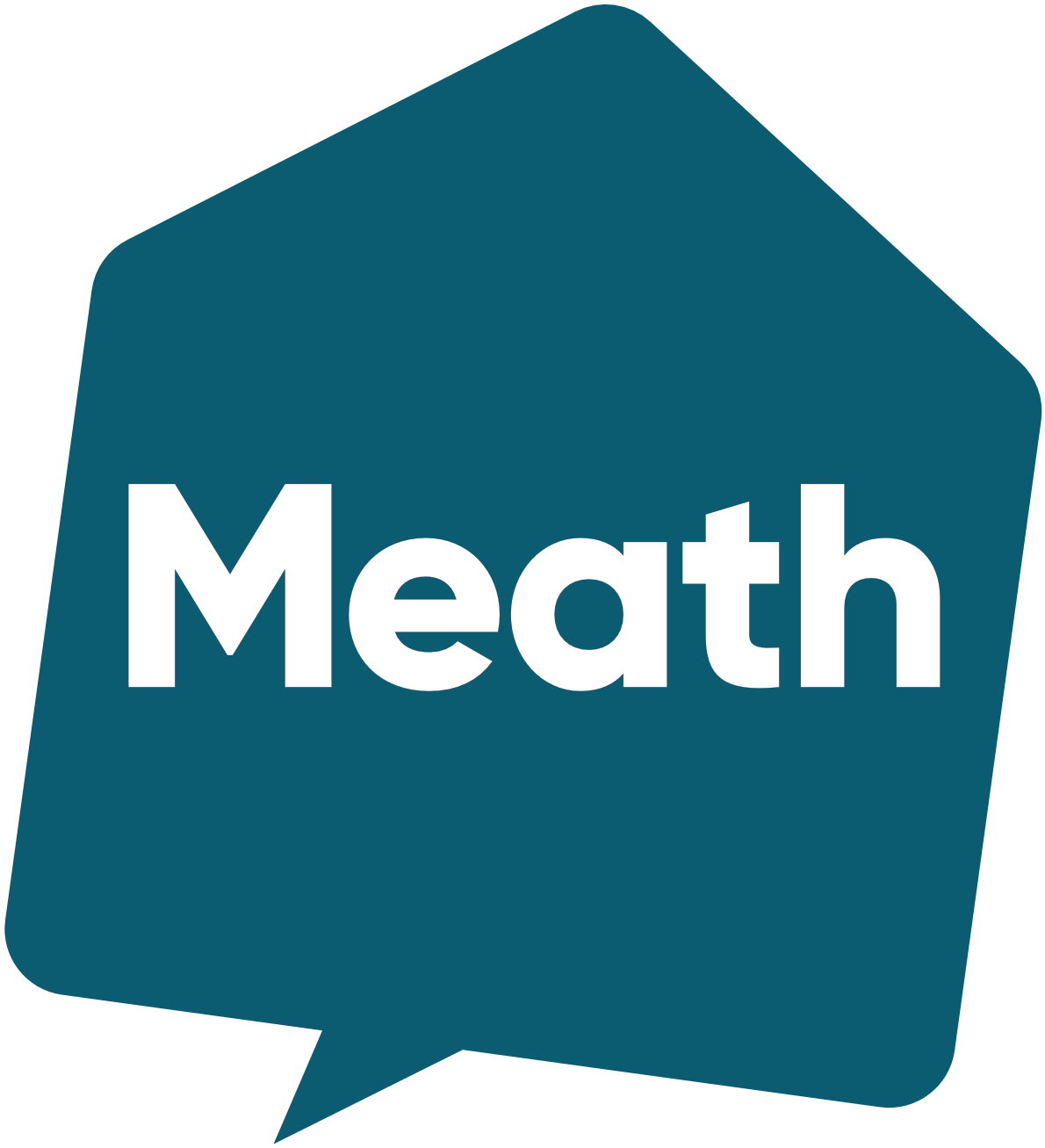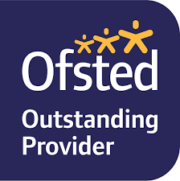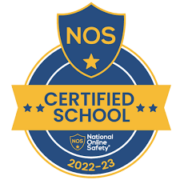More about AAC and communication toolkits
We all use communication toolkits all the time – we use gesture, body language, tone of voice, eye pointing, writing and more, to support what we say. Augmentative and Alternative Communication (AAC) simply adds some extra tools into this list of existing skills. 1
There is a wide range of AAC strategies and tools to help people who struggle with speech, including signing, simple picture boards and technology-based communication aids. AAC helps someone to communicate effectively, in as many situations as possible.2 How AAC strategies are used, and which ones are used, will be different for each child and may vary for them at different stages of their life and in different situations.
Which Strategy?
Different AAC strategies are good for different situations, so in practice a child doesn’t just use one strategy, but several. Parts of a Communication Toolkit might be:
Speech – speech could be a developing and improving skill but need back-up from AAC when the speech isn’t understood (maybe because the listener doesn’t know the speaker well or the words are complicated).
Signing – we have our hands with us all the time! If the child is able to use this skill, it is immediate and flexible. Problems can arise if hand movements are difficult for the child, or the listener doesn’t know signs.
Picture boards – Paper-based (low tech) AAC can be produced specifically for different situations, they can always be available, and don’t need batteries!
High Tech Communication Aids (VOCAs) – simple devices with recorded messages, or tablets with buttons within grids which speak when touched, giving a spoken output.
AAC and speech
Parents, carers and others are sometimes worried that using AAC could prevent or slow the development of speech; but in fact all the research shows the opposite is true. For instance, Diane Millar, Janice Light and Ralf Schlosser reviewed the AAC literature in 2006 3 and found that following the introduction of AAC no children had decreases in their speech production, a few showed no change, but the large majority demonstrated gains in speech production. They suggested possible reasons for speech improving when using AAC:
- AAC may reduce the pressure to speak, and so reduce stress around speech
- AAC allows the child to focus on developing communication and language, and if speech is possible for the child it can then follow – and importantly language development isn’t put on hold until speech comes
- Signing with speech alongside, and AAC with speech output, both provide extra models of speech for the child to follow
And don’t forget that speech is a much more efficient way to communicate than AAC – children will prefer to use speech when they have the skills and it works for them!
Voice Output Communication Aids (VOCAs)
Simple VOCAs speak recorded messages on the press of a single button, whilst dynamic VOCAs display words and symbols on a tablet screen which changes according to what the child selects.
In addition to giving a child a voice and providing a model for speech, these high tech communication aids can also:
Support sentence building – the child chooses words in order, which the VOCA speaks. Each word is also added to a workspace, from where the VOCA can speak the resulting sentence.
Support literacy development – some VOCAs can be set up to save sentences and link to printers. Sentences spoken by the VOCA can then also be printed as an early link to literacy: the child can see their work in written form (with symbol support) and read it back. Grammatical elements can be added to some VOCAs to help children to develop these skills too, mirroring how children would develop their spoken language structures into literacy skills.
References:
1 https://books.apple.com/gb/book/getting-started-aac-using-low-tech-symbol-based-systems/id1090922522
2 https://communicationmatters.org.uk/overview/
3 Millar, D. C., Light, J. C., & Schlosser, R. W. (2006). The impact of augmentative and alternative communication interventions on the speech production of individuals with developmental disabilities: A research review. Journal of Speech, Language,and Hearing Research, 49, 248–264.




